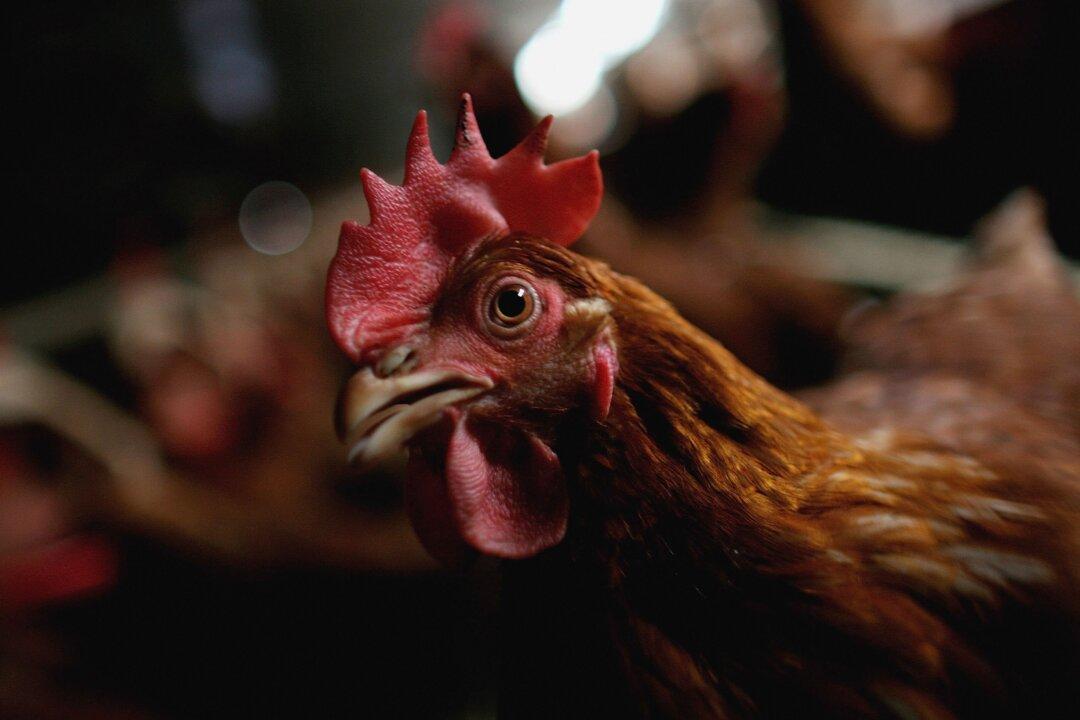A fire at a chicken farm owned by New Zealand’s largest egg producer has killed 50,000 hens as the nation grapples with an egg shortage.
Zeagold Nutrition initially estimated that the fire had affected four barns and 75,000 chickens, but was later revised down after the damage had not been as severe as initially thought—affecting two barns.





